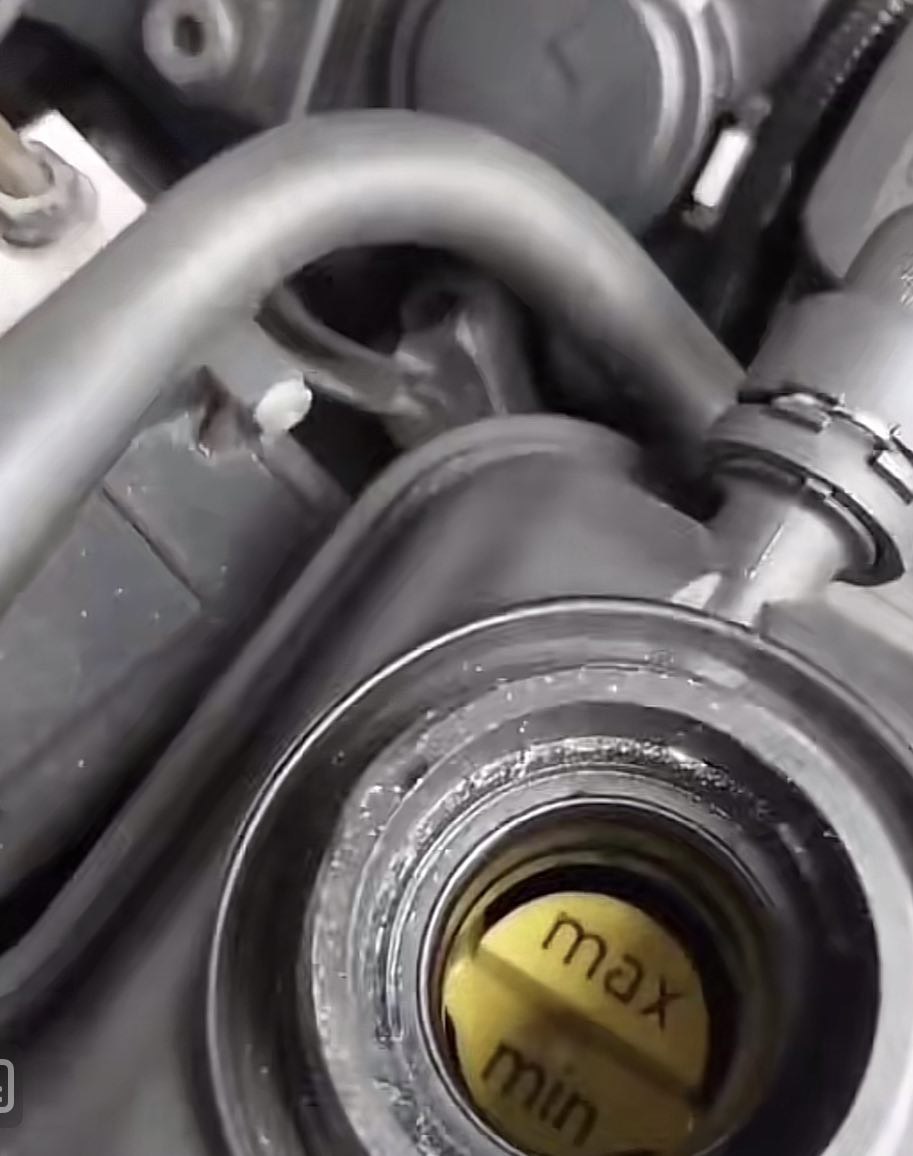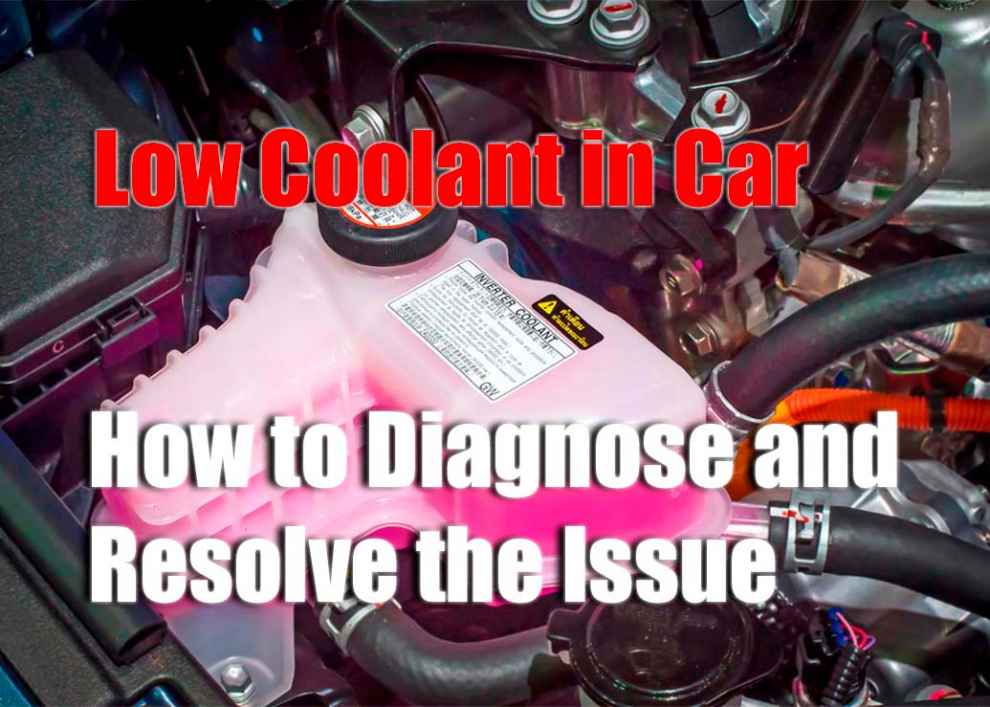Enough coolant in your car is one of vehicle maintenance’s most important and often overlooked aspects. If your car lacks sufficient coolant, the engine could overheat, resulting in expensive fixes and possible harm to other parts. In this article, we will discuss how to detect a low coolant issue in your car and how to resolve it quickly and easily. We will review the importance of regular maintenance, how to check for a low coolant issue, what causes it first, and how to prevent it from happening again. Whether you are a novice or experienced driver, this article will provide you with the knowledge you need to identify and fix low-coolant issues that may arise with your vehicle.
What Is Low Coolant in Car?

Symptoms of Low Coolant
When the coolant, or antifreeze, in a car’s cooling system, is low, the engine may not run as well. Below are some of the symptoms of low coolant levels:
- Check engine light: The check engine light on the dashboard will illuminate when there is a problem with the engine. It can be due to several reasons, but one could be a sign that your coolant level is too low.
- Overheating engine: If there isn’t enough coolant in your car’s cooling system, this can cause your engine to overheat quickly and without warning. Warning signs include steam from under the hood, increased temperature gauge readings, or smoke from under the hood.
- Poor fuel efficiency: Low coolant levels can cause fuel efficiency problems since it can’t lubricate all parts of your engine efficiently. It will lead to decreased fuel efficiency and more frequent visits to the gas station than typical.
- Leaks: Low coolant levels can cause leaks in the cooling system as it cannot adequately contain pressure created by the engine. These leaks can be visible on the ground or elsewhere in your engine bay, leading to further problems if left unchecked.
- Strange sounds: A reduction in coolant can lead to unusual sounds from the engine, like grinding or bubbling noises. It is usually a sign that the engine is running too hot without enough coolant to keep it running efficiently.
- Sweet odor: If you notice a sweet, syrup-like smell when the engine is running, it could be due to a coolant leak causing the antifreeze to evaporate.
- Steam from under the hood: If there’s a significant coolant leak or the engine is severely overheating due to low coolant, you might see steam emanating from under the hood.
Causes of Low Coolant
The causes of low coolant can range from minor issues like a small leak to more significant issues like head gasket failure. Often, it is the result of a cooling system component failing. Common problems include a faulty radiator cap, leaking hoses, cracked or faulty radiator, water pump failure, thermostat problems, or even a clogged heater core. In some cases, an internal engine coolant leak could be to blame for low coolant levels in your vehicle. Head gaskets may fail due to age and wear and tear. The head gasket seals the combustion chamber, allowing for pressure build-up during combustion, which, if allowed to fail, can cause coolant to leak into the engine cylinders. It will cause a decrease in the coolant levels, a smell of burning, and may result in white smoke coming from the exhaust.
How to Diagnose a Low Coolant Problem
The first step in diagnosing a low coolant issue is to check the levels in the cooling system. You can do this by checking your dipstick or, if you have one, by looking at the coolant level indicator. If the levels seem low, you can take several steps to inspect for potential leaks or malfunctioning cooling parts. Start by examining under your hood for signs of leaks, such as puddles of liquid or damp spots on hoses and clamps. Check all hoses and clamps for signs of wear and tear and any corrosion that could cause a leak. If you find any signs of wear or potential damage, it’s best to replace them immediately before further damage is caused. Additionally, check the radiator cap for proper sealage and inspect it for cracks that might be causing leakage.
How to Resolve a Low Coolant Problem
Once you’ve identified where the leak may be coming from, it’s time to repair it before topping up with more coolant. Depending on your vehicle type and age, repairs may involve replacing worn hose clamps, repairing hoses with sealants, or patching up small holes with epoxy putty. Other repairs like replacing radiator caps or water pumps require additional tools such as socket wrenches and screwdrivers and special knowledge on how they fit together correctly so they don’t leak again. Once all repairs have been made properly and securely tightened down, you can top up your car’s cooling system by adding more antifreeze/coolant fluid until it reaches its recommended level, according to your owner’s manual instructions. It’s important not to overfill since too much fluid in the car’s cooling system can cause as much trouble as too little!
Conclusion
Low coolant levels can cause problems and even serious damage to your engine. The best way to avoid this is by regularly inspecting your vehicle for signs of leaks or other issues and topping up the coolant levels whenever needed. However, if you find yourself with a low coolant issue, it’s essential to diagnose the source of the leak before attempting any repairs. After identifying the cause, you can then take steps to repair it and top up your car’s cooling system with fresh antifreeze/coolant fluid. Remember that regular maintenance is always a good idea for any vehicle owner, as it can help prevent expensive repairs in the future!

Add Comment